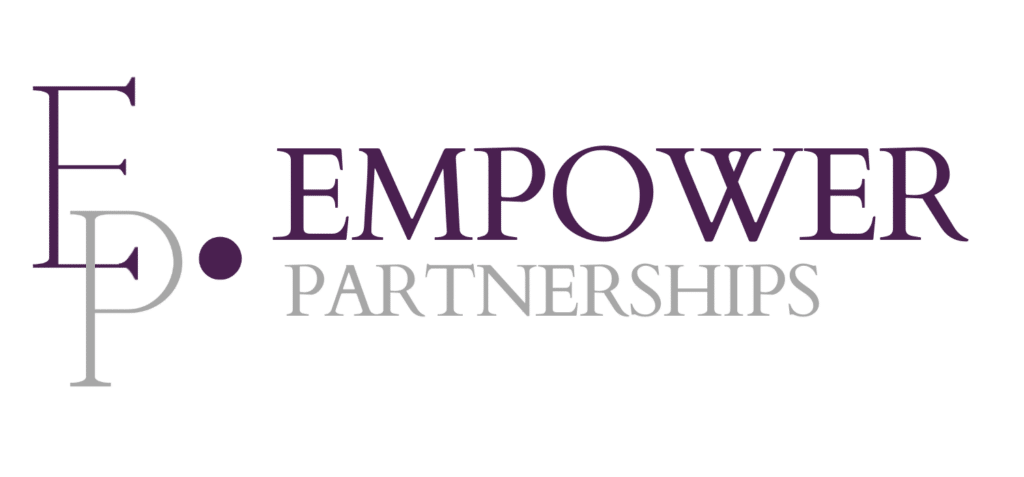by Chelsea Johnson, Director of Recruiting and Client Delivery
In today’s challenged and evolving job market, attracting the right candidates, with the right qualifications, who have the propensity to stay in a role for the long haul isn’t as easy as it sounds.
To lend more color, studies show a myriad of findings including: 42% of resumes HR managers receive are from candidates who don’t meet the role’s requirements1; 86% of those who are already employed are open to other job opportunities2; and the kicker – the cost to hire a new worker is 1.25 – 1.4 times the base salary3.
This is where strategic sourcing is an advantage. Sourcing, by definition, refers to the process of identifying, attracting, and engaging potential candidates for job openings before the formal application process begins. It involves proactively reaching out to qualified candidates rather than waiting for them to apply on their own. Sourcing creates a constant pipeline of potential applicants who meet the job requirements, which is essential for effective recruitment.
Sourcing is a highly specialized skill within the talent acquisition process, much like a forensic investigation in its thoroughness and attention to detail. Specialized sourcers have a unique skill set focused on utilizing special tools, methods, and techniques for uncovering skilled workers and building the right talent pools.
And the secret ingredient? It’s ensuring you find a conscientious mix of qualified passive candidates and active candidates. Don’t get me wrong – there are volumes of highly qualified active candidates in the market that will absolutely offer substantial qualifications and skills to any role, but you are limiting yourself if you don’t also uncover passive candidates. If the offer is right, these individuals will be open to a job change.
Here are 3 best practices for effective sourcing.
1) Maintain a laser-like focus on your ideal candidate profile. While not a job description, your ideal candidate profile outlines the desired attributes of a top-performing candidate and eventual team member. The profile should consider things like relevant skills and experience, education level, desired qualifications, compensation, and availability, to name a few. As you craft your ideal candidate profile, which can come to fruition in the form of a visual, persona-based “pictorial” or even a simple bulleted list, your goal is to analyze the attributes that will enable an individual to be 100% successful in a role. In turn, this criterion will help you identify the right sourcing channels based on your ideal candidate profile.
2) Identify the right sourcing channels. In today’s competitive talent landscape, leveraging the right sourcing channels is a game-changer. A diverse and well-planned approach ensures access to both active and passive candidates, maximizing the likelihood of finding the perfect match.
Traditional platforms like LinkedIn Recruiter and Indeed’s Sourcing Platform remain critical for broad-based talent acquisition, allowing recruiters to apply filters based on industry, location, compensation, and required skills. However, niche sourcing strategies can significantly enhance your reach. Industry-specific job boards, talent communities, and professional networking are invaluable for targeting specialized talent. Additionally, referral programs and alumni networks can unlock hidden pools of high-caliber candidates.
AI-powered sourcing tools are also transforming the way recruiters identify and engage talent. Platforms like HireEZ and SeekOut use machine learning and predictive analytics to surface passive candidates who align with role requirements and company culture. These tools analyze online presence, work history, and career trajectory to suggest candidates who might not be actively looking but are likely to be open to the right opportunity. AI-driven chatbots and automated outreach systems further streamline engagement, ensuring personalized, data-backed interactions that improve response rates.
The beauty of identifying and optimizing your sourcing channels is that, over time, you create an evergreen, high-quality candidate pipeline. By leveraging a combination of traditional platforms, niche sourcing methods, and AI-driven insights, you enhance your ability to surface top talent efficiently and cost-effectively, ensuring your hiring managers receive the most qualified candidates for consideration.
3) Establish your sourcing metrics upfront. There is a myriad of sourcing metrics available, and the goal is to determine what is most important from a sourcing perspective based on the overall recruiting and hiring goals of the organization.
For instance, sourcing efficiency metrics will help you track the productivity of sourcing efforts. They measure things like the ROI per sourcing channel (hires made vs. cost spent); response rate (percentage of candidates who respond to outreach efforts); recruiter productivity (number of candidates sourced within a certain timeframe) and more. Additionally, candidate quality metrics will assess the quality of candidates sourced, applying benchmarks including qualified candidates per source (percentage of sourced candidates who meet job qualifications); interview-to-hire ratio (number of sourced candidates who progress from interviews to actual hires); and retention rate per source (measures the long-term success of hires from different sourcing methods).
Among other types of benchmarks, there are also candidate experience and engagement metrics which track how sourcing efforts affect the candidate journey and employer reputation. Examples include candidate experience scores (measures candidate satisfaction via surveys); and social media engagement (measures interactions with job postings and employer branding content). In summary, there are a wide variety of sourcing metrics that enable you to begin the process with a keen eye for what success looks like in this critical phase of the recruitment process.
Final Thoughts
Sourcing is skilled trade, a forensic discipline, often requiring a dedicated sourcing professional to strategically utilize the right tools, methods, and techniques to build the right talent pools and uncover not only active talent, but passive talent who are already employed but statistically proven to entertain new opportunities. Effective sourcing tools with a disciplined filtering system coupled with the use of traditional, niche and tech-driven channels will enable you to uncover qualified talent and build credible and evergreen talent pools. And don’t forget to establish your sourcing metrics upfront; they will only help you refine your sourcing strategy, pinpoint success within this critical stage, and migrate qualified candidates into the screening process.
When it comes to sourcing, it’s important to perform a thorough cost analysis of sourcing tools as they can be quite costly. For example, popular sourcing tools can run anywhere from $8,000-$12,000 per seat, depending on the platform. When we consider multiple seats (let’s say 3), the cost can be anywhere from $24,000 – $36,000 annually just for access to the platform. This is one reason why it’s beneficial to partner with a reputable recruiting services firm, or a recruitment process outsourcing (RPO) outfit. These firms likely already have subscriptions to sourcing platforms and can help you reduce the cost to hire, gain access to talent assessments, and improve your overall recruitment process with a gold standard approach.
I wish you a successful sourcing experience!

Chelsea Johnson is Director of Recruiting and Client Delivery at Empower Partnerships. With a proven track record in building innovative talent acquisition practices, she excels in developing and executing comprehensive recruitment strategies that align with organizational objectives. By leveraging data-driven insights, Chelsea enhances full life- cycle recruiting and improves the candidate and hiring manager experience.



